Semiconductor Packaging Material Size
Semiconductor Packaging Material Market Growth Projections and Opportunities
Different elements influence the Semiconductor Packaging Material market as a whole, which together determine its dynamics and patterns of growth. The continuous evolution of semiconductor technology is one essential determinant. This innovation also applies to packaging materials and is helping, as the development of new advanced materials that can match up with what would be required in cutting edge semiconductor components. Another significant factor that affects the Semiconductor Packaging Material market is Market competition. Since there are many players in the market, they strive to offer materials that improve reliability and performance of semiconductor packages. Companies seek to provide packaging solutions that fulfill the thermal management, electrical conductivity and mechanical durability needs of contemporary semiconductor devices. This competitive field is responsible for manufacturers to process their current materials and create new ones, leading to the overall progress of semiconductor packaging technology.
Technology patterns and miniaturization trends in the semiconductor industry considerably influence packaging material market. As semiconductor devices continue to shrink and become more complicated, packaging materials must also evolve in order to meet these changing needs. To overcome the issue of miniaturization posing challenges, advanced packaging materials such as copper and low dielectrics are increasingly used to ensure proper heat dissipation and signal integrity in compact electronic devices.
The Semiconductor Packaging Material market is influenced by global economic conditions to a significant degree. The industry’s growth is strongly dependent on the overall health of economy as semiconductor devices are integral parts or components in various electronic products. When the economy is growing, there emerges a high demand for electronic devices and this calls more sophisticated packaging materials. On the contrary, economic recessions could slow down consumer spending on electronic products affecting demand for semiconductor packaging materials.
Environmental regulations and sustainability are increasing important factors within the Semiconductor Packaging Material Market. As more and more people become aware of environmental impact, the manufacturers are under growing pressure to produce environmentally friendly materials that conform with regulation. There is a trend of moving towards lead-free packaging materials as well as those that have less negative impacts on the environment. Firms that focus on sustainability in their package materials are likely to appeal more to ecologically aware consumers and comply with the changing legal requirements.
The emergence of state-of-the art packaging technologies, such as 3D packaging and fan out wafer level package makes the Semiconductor Packaging Material market quite dynamic. 3D integration technologies need materials that can sustain the complex packaging structures and specialized demands. As a result, there is sharp demand for materials that can help tackle the issues encountered by these high-performance packaging techniques. Supply chain dynamics and geopolitical factors also play a role in shaping the market for Semiconductor Packaging Material. The supply of packaging material is also influenced by the availability of raw materials, geopolitical tensions affecting trade routes and disruptions in the chain. Manufacturers need to sail through these global factors so as to maintain an even supply chain and also be competitive in the market.
Complex semiconductor packages are becoming more and more complex due to higher performance requirement, functionality which in turn influences the selection of packaging material. In addition to thermal and electrical performance, materials should be compatible with different packaging techniques. Manufacturers need to adjust and think about the incorporation of materials that suit new demands made on semiconductor industry.
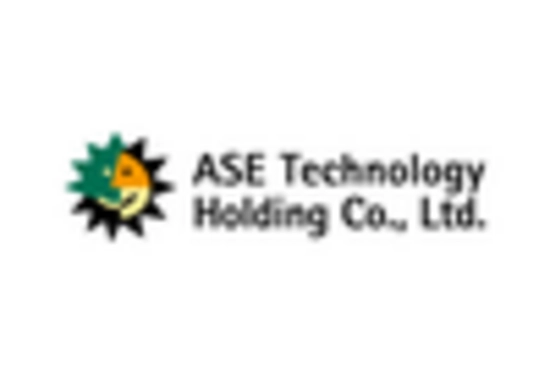
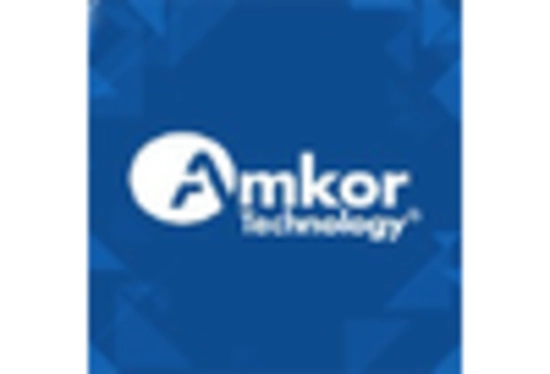
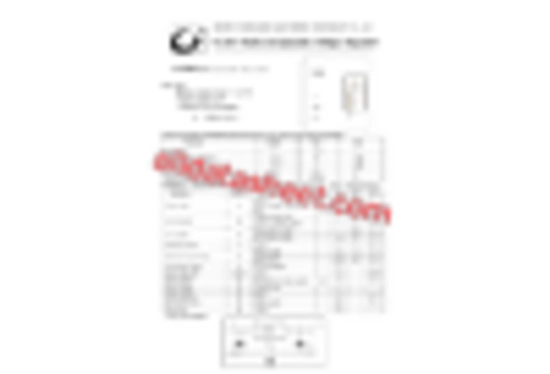
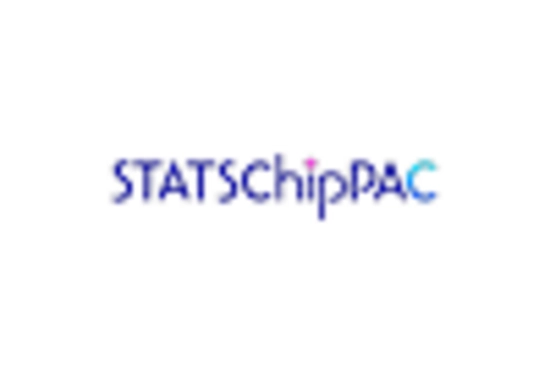
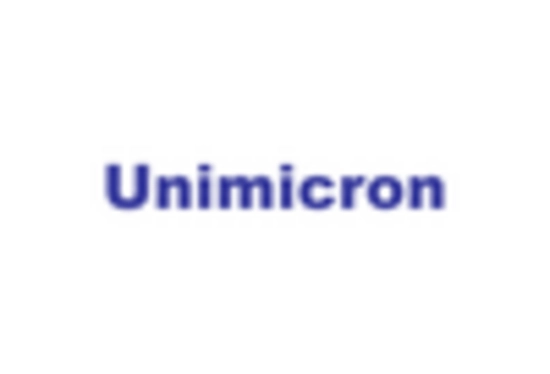

Leave a Comment